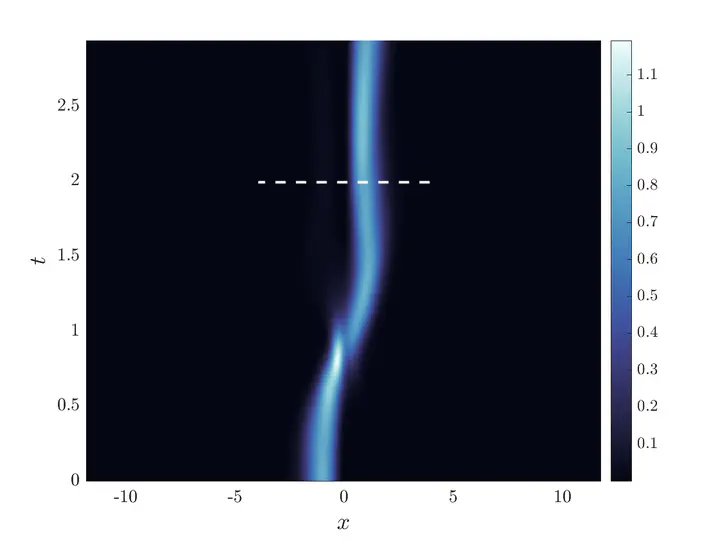Efficient Manipulation of Bose-Einstein Condensates in a Double-Well Potential

Abstract
We pose the problem of transferring a Bose-Einstein Condensate (BEC) from one side of a double-well potential to the other as an optimal control problem for determining the time-dependent form of the potential. We derive a reduced dynamical system using a Galerkin truncation onto a finite set of eigenfunctions and find that including three modes suffices to effectively control the full dynamics, described by the Gross-Pitaevskii model of BEC. The functional form of the control is reduced to finite dimensions by using a Galerkin-type method called the chopped random basis (CRAB) method, which is then optimized by a genetic algorithm called differential evolution (DE). Finally, we discuss the the extent to which the reduction-based optimal control strategy can be refined by means of including more modes in the Galerkin reduction.